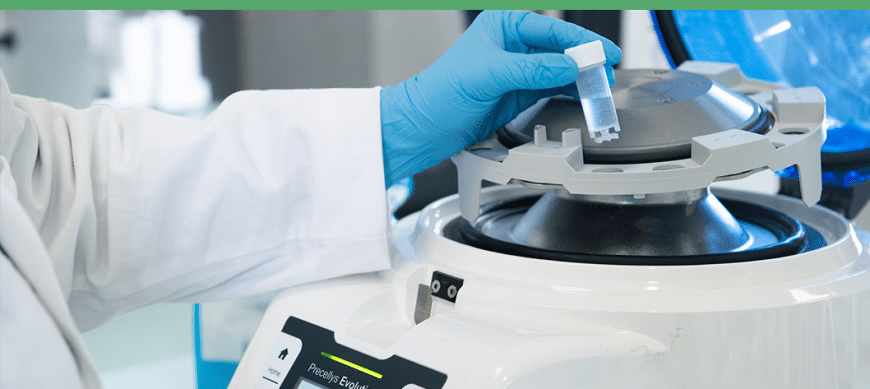The experimental autoimmune encephalomyelitis (EAE) model is frequently used to identify new drug targets for the treatment of multiple sclerosis (MS), due to its similar immunological and clinical features. While there are several different disease courses of MS, EAE models can reflect some of the different clinical manifestations. For instance, MOG-induced EAE in C57BL/6J mice resembles human PPMS, while myelin proteolipid protein (PLP)-induced EAE in SJL/J mice mimics RRMS. Other autoantigens and different mouse strains are also utilized to study EAE. To induce disease in these autoantigen-immunization EAE models, a water-in-oil emulsion is prepared and injected subcutaneously. To prepare these emulsions, a detailed protocol is necessary to produce antigen/adjuvant emulsions consistently and reproducibly.
In this article, the authors describe a standardized method to generate water-in-oil emulsions using the Precellys homogenizers and the Precellys Emulsion kit. They show that this protocol is simpler and faster than the traditional 2-syringes method.

